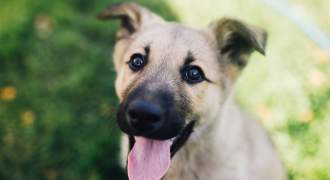
Your 6-Month Health Check
Happy half year birthday to your gorgeous puppy. Time flies rapidly, your growing furry baby will be so much bigger already, I hop...
15 December 2017
Read More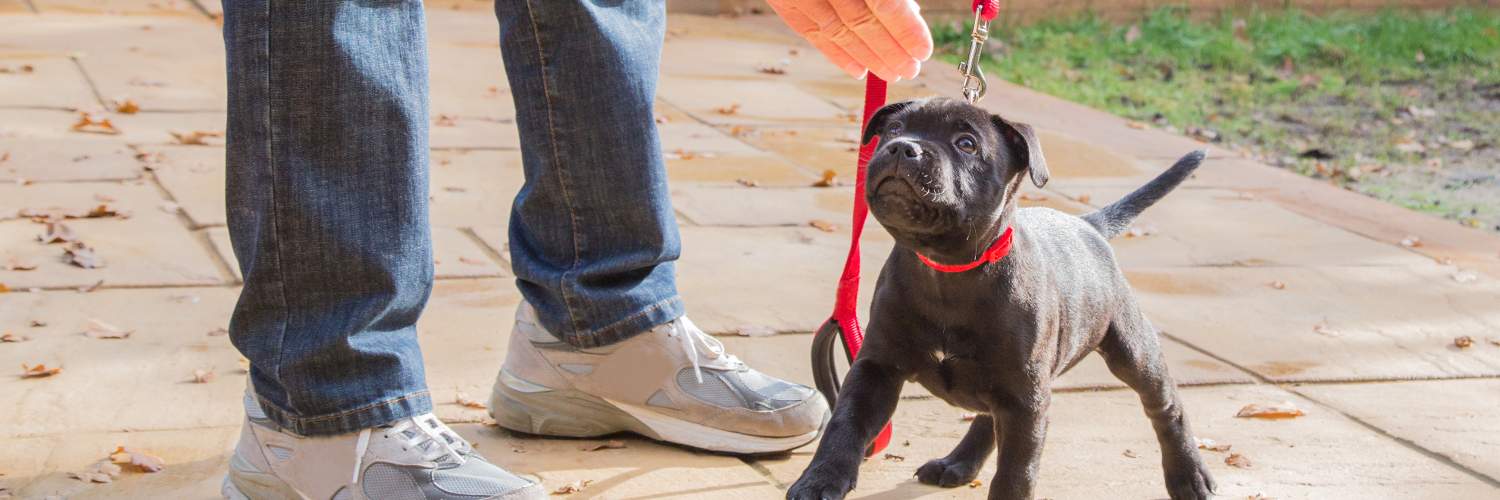
Inviting a puppy into your home will be both a pleasurable and challenging experience. Pleasurable because it doesn’t get much better than watching and interacting with an excitable pup that wants to play, cuddle and explore the world. Challenging because there are many factors to consider including teaching your dog to toilet in the correct place, how to crate train so you can get some time to yourself, ensuring you ALL get a good night’s sleep and knowing when and how to socialise and train your pup so they grow up to be a well-behaved dog. Puppy training is something to consider at an early stage.
Your pup will need to toilet many times throughout the day so keeping a close eye on them is necessary in order to train them where to go. Typically, a dog needs the toilet after they wake up or just after eating or drinking. At these times, you should accompany your puppy to near where you would like them to go to the toilet, whether it’s on the training mats or outside. If your puppy goes to the toilet in the right allocated place, reward them with a treat and praise them so they know what they have done is good. If they get it wrong by toileting in the wrong place, clean it up without a fuss. If you do see them about to toilet in the wrong place, you can show them where to go by gently placing them in the allocated spot. It is vital you stay calm and be patient when teaching this response, as it can take a while for your pup to learn. Getting frustrated will only set the process back.
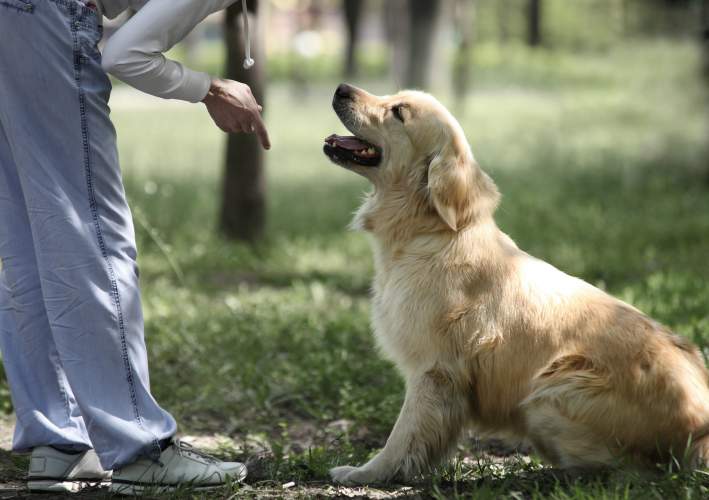
Crate training is a great way of managing the environment so your pup does not toilet or chew the house in your absence. To get them used to the crate, it is best to fill it with familiar things like a comfy bed, toys and water so they view the area as a comfortable, relaxing place to be. Also put down a puppy pad so they can go to the toilet and you can clean it up quickly and without fuss. Leave the door open initially so that they aren’t confined in the crate and are free to go inside and outside without restriction.
Make sure no family members go up to the pup in the crate as this is supposed to be a place they can relax, feel safe and get away from any disturbance if they need to. Once they go into the crate of their own free will, close the door for a second and then open it up. This will ensure they do not have a negative association of you putting them in there and leaving them not knowing if you are going to come back. Repeat these lessons building up the time before you open the door and simultaneously walk in and out of the room without saying anything so they get used to being left. It is best to practice these lessons when they are sleepy.
For the first two nights sleep I would recommend sleeping close to your puppy by either having them in your room or having one of the family members sleeping in their room. I believe this form of puppy training is necessary so your puppy gets used to its surroundings before being left alone, which is often a traumatic experience for them. On the third night, I would have them sleep on their own. If they whine, then walk into their room and check to see if your puppy has toileted. If they have, clean it up without speaking or looking at them and then leave. Repeat walking in and coming out again without speaking or looking at your puppy. Do this several times for the first night and then do not go into the room again. The next night do the same but reduce the amount of times you go into the room and follow this pattern each of the subsequent nights, gradually reducing the number of times you go into the room until you don’t go in at all.
Training classes are a great venue for puppy training, where you can teach your dog the basics such as sit, stay and walk to heel. Each week you will go through the same principles teaching your dog obedience so it becomes second nature in both your heads. However, if you have a dog with nervous, aggressive or anxious behaviour it is necessary to seek one-to-one help with a behaviourist who will come to your home and assess the situation. This will ensure you and your dog get the special attention you need.
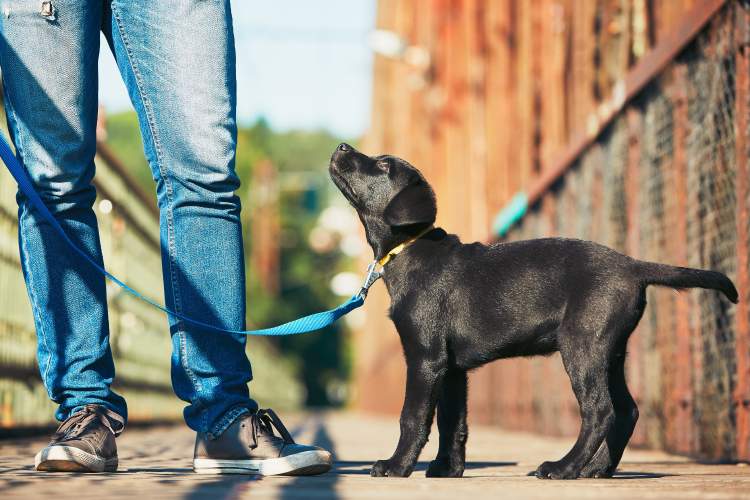
Puppy parties are designed to socialise your pup with other pups to show them they are not a threat. This is a lot of fun to watch, however, when socialising your pup at a puppy party or in the park, make sure you intervene if your pup looks uncomfortable. In the wild, pups are all relatively similar sizes so they are able to defend themselves and if the play becomes too boisterous then the parents will intervene. In our world, dogs are all different sizes which can put very small dogs at a disadvantage in being able to stand up for themselves, so if they do look stressed then you should take your pup away from the situation to meet more gentle dogs. By doing this, your dog will see that in times of perceived danger you will protect them. Then, by meeting gentle dogs you will accumulate many positive experiences for your dog to boost their confidence in the world.

Happy half year birthday to your gorgeous puppy. Time flies rapidly, your growing furry baby will be so much bigger already, I hop...
15 December 2017
Read More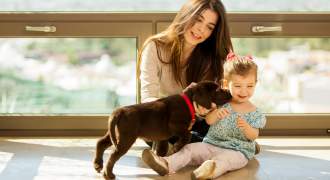
Congratulations on the new addition to your family. I hope he or she is settling in well. Now is a perfect time to make that first...
15 December 2017
Read More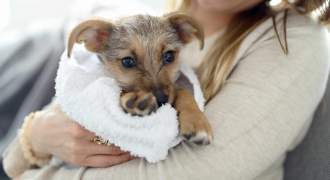
With so many different breeds and crossbreeds available to buy or rescue nowadays, the thought of choosing a dog can often be quit...
15 December 2017
Read More